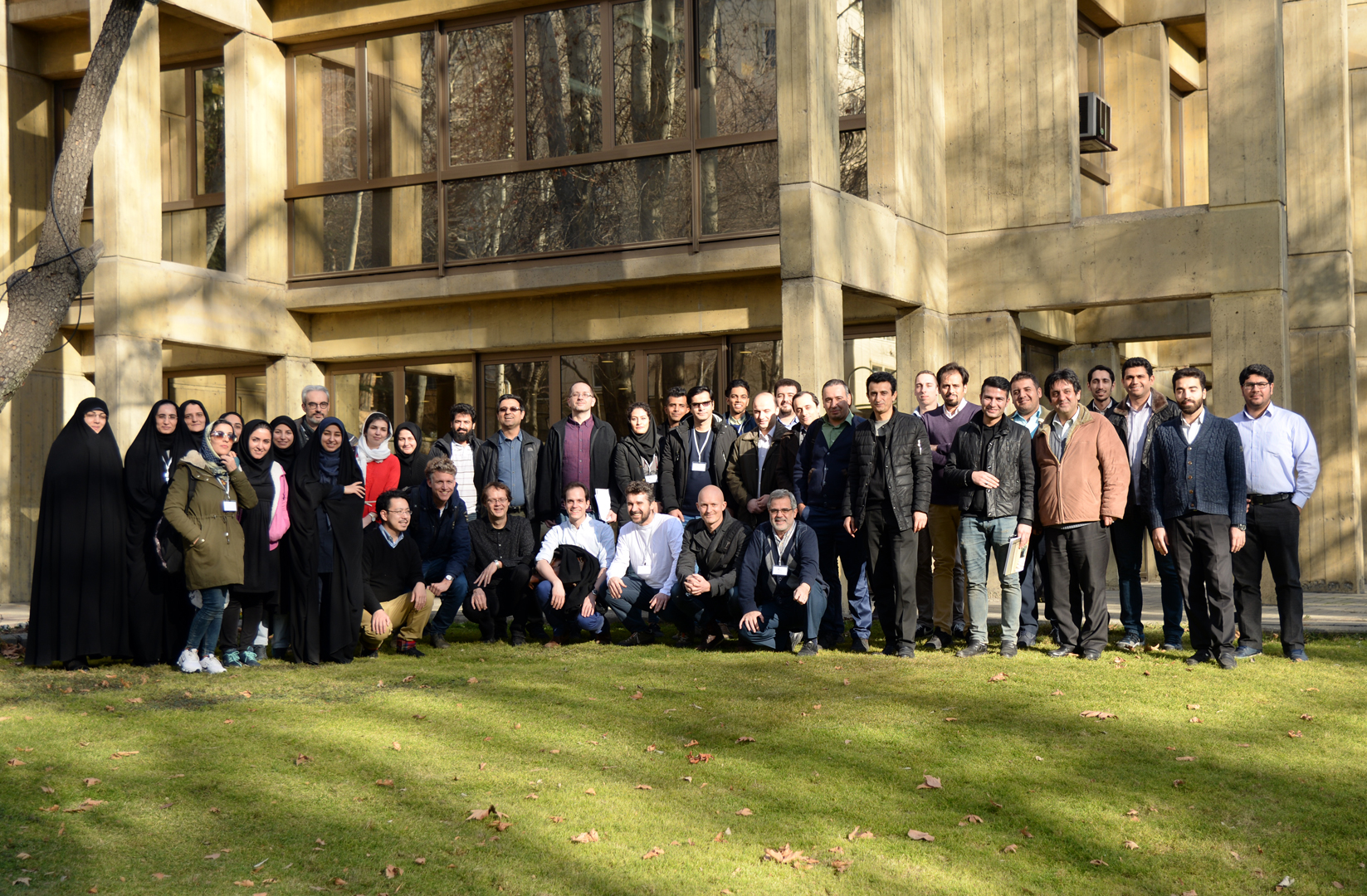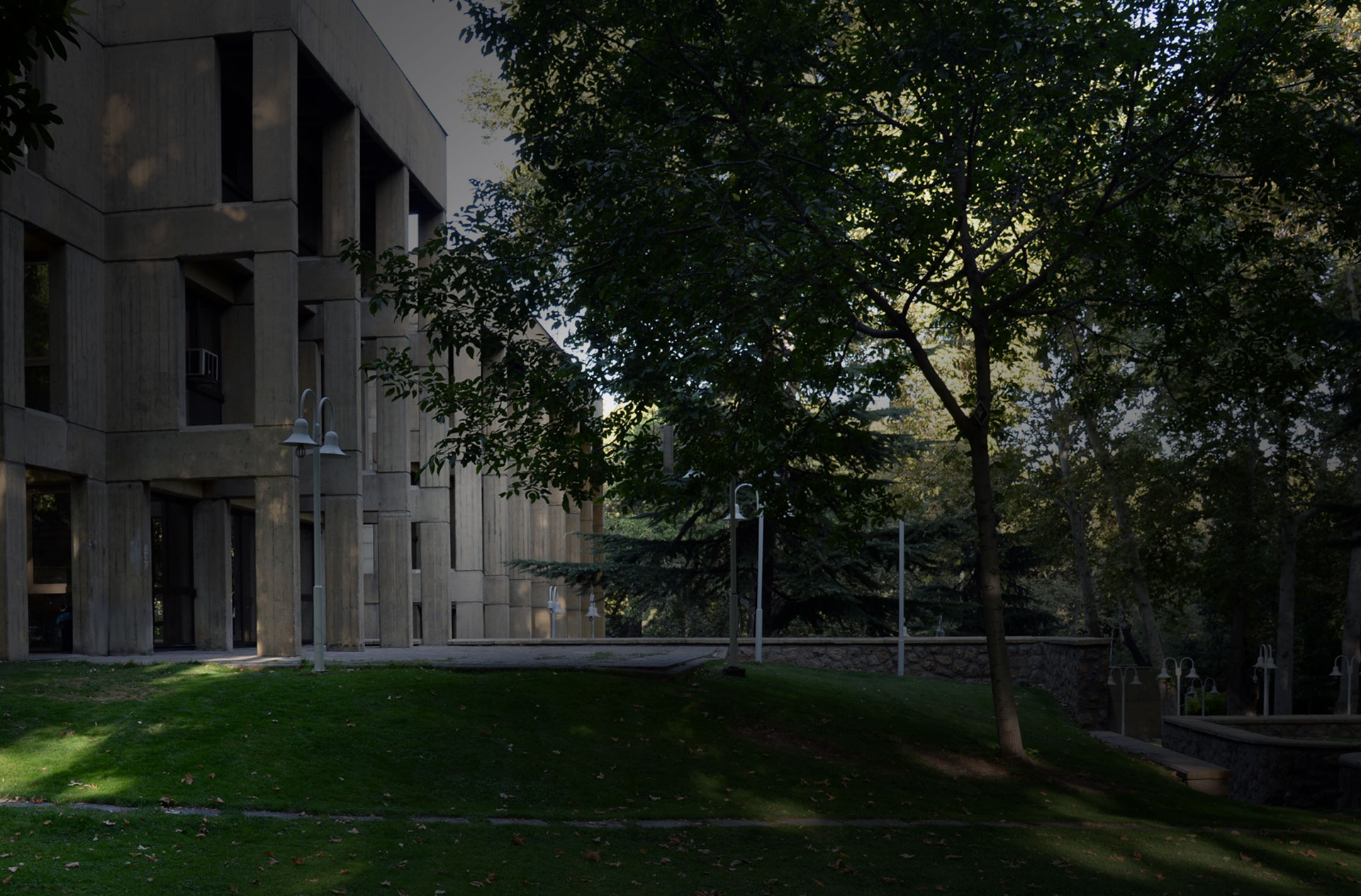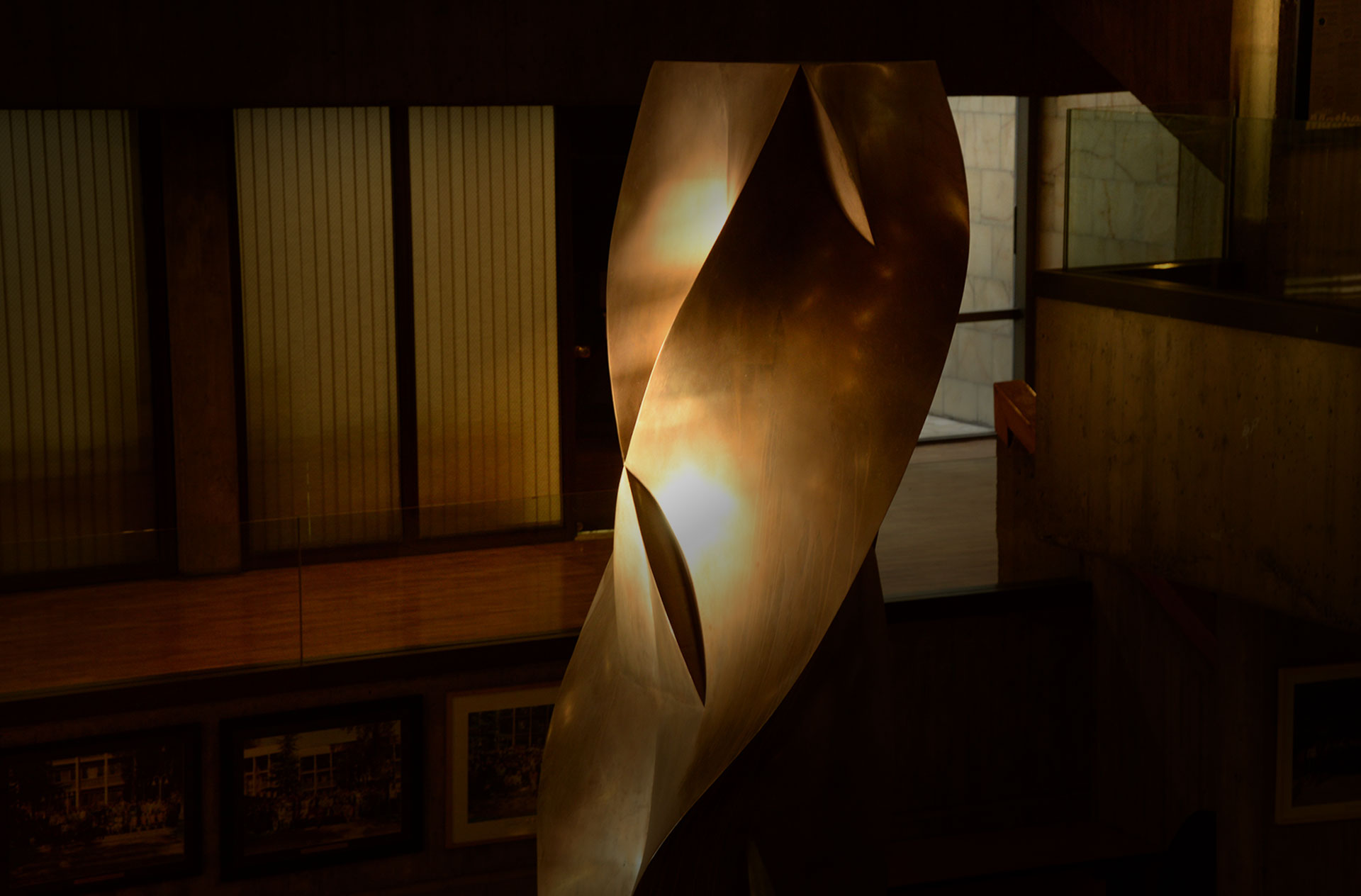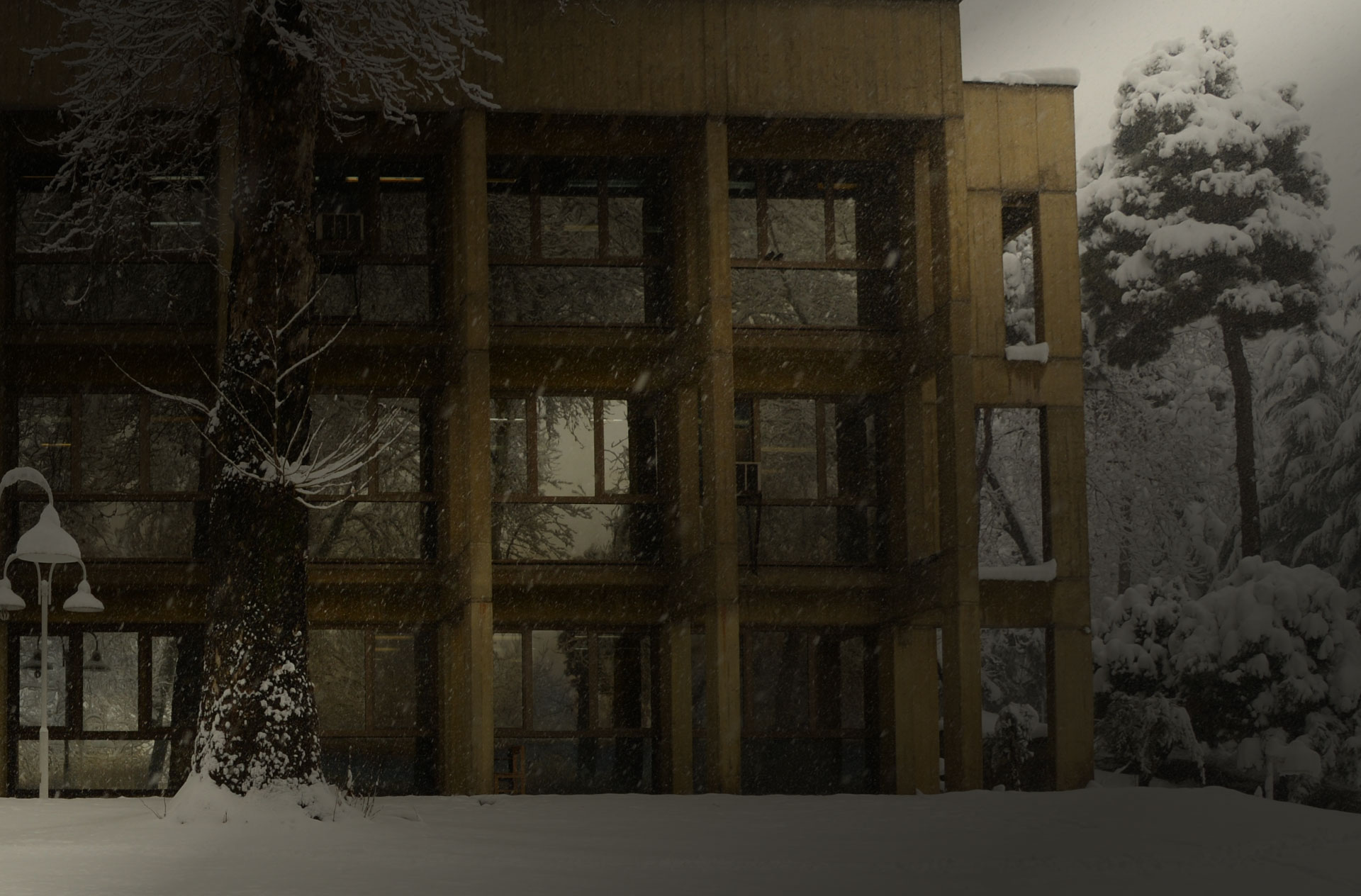Abstract: We consider a new class of potentially exotic group $\text{C}^*$-algebras $\text{C}^*(\text{PF}_{p}^*(G))$ for a locally compact group $G$, and its connection with the class of potentially exotic group $\text{C}^*$-algebras $\text{C}^*_{L^p}(G)$ introduced by Brown and Guentner [BG]. Surprisingly, these two classes of $\text{C}^*$-algebras are intimately related. By exploiting this connection, we show $\text{C}^*_{L^p}(G)=\text{C}^*(\text{PF}_{p}^*(G))$ for $p\in (2,\infty)$, and the $C^*$-algebras $C^*_{L^p}(G)$ are pairwise distinct for $p\in (2,\infty)$ when $G$ belongs to a large class of nonamenable groups possessing the Haagerup property and either the rapid decay property or Kunze-Stein phenomenon by characterizing the positive definite functions that extend to positive linear functionals of $C^*_{L^p}(G)$ and $C^*(\text{PF}_{p}^*(G))$. This greatly generalizes earlier results of Okayasu [Okay] and Wiersma [W-Fourier] on the pairwise distinctness of $C^*_{L^p}(G)$ for $2 < p < \infty$ when $G$ is either a noncommutative free group or the group $\text{SL}(2,\mathbb{R})$, respectively.
As a byproduct of our techniques, we present two applications to the theory of unitary representations of a locally compact group $G$. Firstly, we give a short proof of the well-known Cowling-Haagerup-Howe Theorem which presents sufficient condition implying the weak containment of a cyclic unitary representation of $G$ in the left regular representation of $G$ [CHH]. Also we give a near solution to a 1978 conjecture of Cowling stated in [Cow]. This conjecture of Cowling states if $G$ is a Kunze-Stein group and $\pi$ is a unitary representation of $G$ with cyclic vector $\xi$ such that the map $G\ni s\mapsto < \pi(s)\xi,\xi >$ belongs to $L^p(G)$ for some $2< p <\infty$, then $A_\pi\subseteq L^p(G)$. We show $B_\pi\subseteq L^{p+\epsilon}(G)$ for every $\epsilon>0$ (recall $A_\pi\subseteq B_\pi$). Here $A_\pi$ and $B_\pi$ are the closed span of coefficients of $\pi$ in the norm and $w^*$-topology of the Fourier-Stieljes algebra $B(G)=C^*(G)^*$, respectively. In particular, we have $A_\pi\subseteq B_\pi$.
This is based on a joint work with M. Wiersma [SW].
Refrences:
[BG] N. P. Brown and E. P. Guentner: New $\text{C}^*$-completions of discrete groups and related spaces, Bull. Lond. Math. Soc. 45 (2013), no. 6, 1181-1193.
[Cow] M. Cowling: The Kunze-Stein phenomenon. Ann. Math. (2), 107:209-234, 1978.
[CHH] M. Cowling, U. Haagerup and R. Howe: Almost $L^2$ matrix coefficients, J. Reine Angew. Math. 387 (1988), 97-110.
[Okay] R. Okayasu: Free group $\text{C}^*$-algebras associated with $l_p$, Internat. J. Math. 25 (2014), no. 7, 1450065, 12 pp.
[SW] E. Samei and M. Wiersma: Exotic $\text{C}^*$-algebras of geometric groups, submitted (22 pages), arXiv:1809.07007.
[W-Fourier] M. Wiersma: $L^p$-Fourier and Fourier-Stieltjes algebras for locally compact groups, J. Funct. Anal. 269 (2015), no. 12, 3928-3951.



